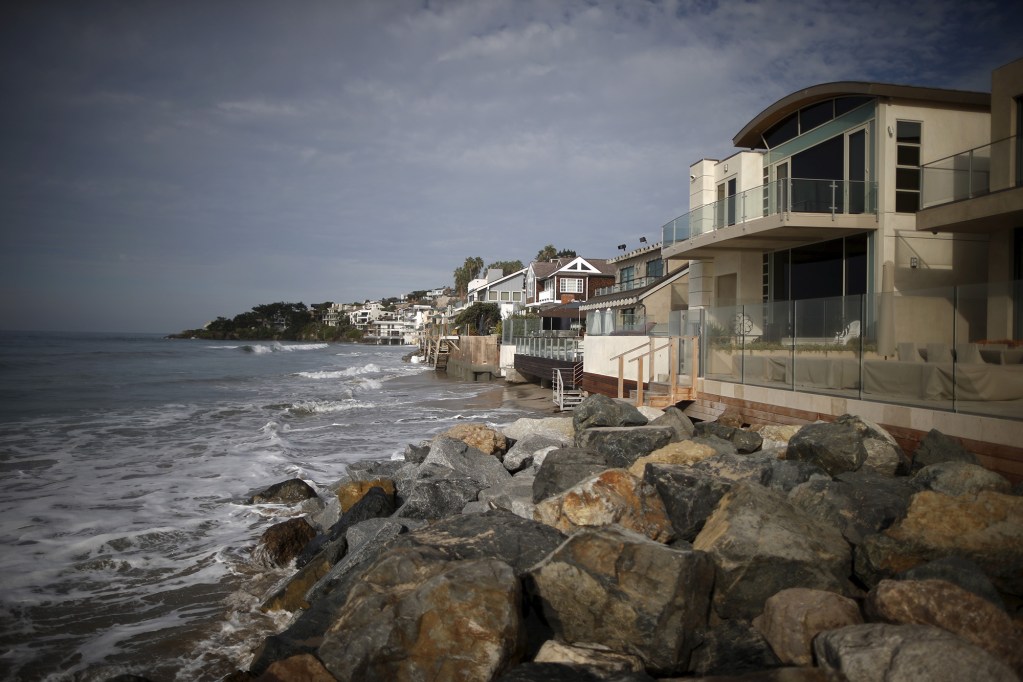A push to bolster housing production in California’s coastal communities in recent years has led to heated battles over potential reforms. Below, a former attorney for the California Coastal Commission says the state Coastal Act has failed to deliver on what it envisioned. The opposing view: A veteran elected official believes the debate has created a false choice between housing and protections.
The California Coastal Act is a monumental achievement of the environmental movement.
It limits oil drilling that imperils the planet’s climate and threatens to foul our shoreline. It prevents paving stunningly beautiful rural areas of the coastline. It preserves threatened wetlands and other sensitive habitats. It expands public access to the shoreline despite the fierce opposition of some of the richest landowners in the country.
The urban aspects of the Coastal Act, however, have too often failed. The end result: extraordinarily expensive coastal housing, exurban sprawl into the hottest regions of the state, an almost entirely car-dependent transportation system along the coast, and painfully long commutes for workers who cannot afford to live near their employers.
This tension has built up over time, leading to an intense debate over reforms in the Capitol and elsewhere in recent years.
The law establishes not only strict protections for habitat, open space and agricultural lands, but it calls for concentrating new development in urbanized areas, minimizing energy use and car travel, and promoting public transit, walking and bicycling. It declares that concentrating development in urban areas is generally more protective of coastal resources overall rather than focusing on the preservation of specific ones.
The Coastal Act envisions compact cities that address the social and economic needs of the state while coexisting in harmony with nearby rural areas and with the environmental health of the state. But that vision depends on providing enough housing within those cities for all segments of society, and doing so in a way that allows residents, workers and visitors to minimize driving.
Unfortunately, the California Coastal Commission and most local governments have prioritized perpetuating the status quo by codifying rules that severely limit multifamily housing in most urban areas. For decades, the commission has approved dozens of local coastal programs that restrict large areas of coastal cities to detached houses.
In the areas apartment buildings are allowed, they are typically subject to strict rules limiting their size, and often face prolonged, unpredictable journeys to approval.
The commission acknowledges that many coastal neighborhoods were first created for explicitly exclusionary and discriminatory reasons. Deed restrictions barred nonwhite residents, and strict rules on the types of housing effectively excluded lower-income families.
Racial discrimination in housing is now illegal, but freezing the scale of those older coastal neighborhoods for the sake of preserving their visual character solidifies their exclusivity.
The low density of most urban areas of the coast reinforces their dependence on cars. In the guise of protecting public access to the coast, the commission and local governments require new housing to provide excessive amounts of parking and restrict the amount of new housing in an attempt to limit congestion. They create bureaucratic obstacles for bike, pedestrian and transit improvements out of fear that they might reduce parking or slow down cars.
All of this begs the question: How can we get the Coastal Act to work in our coastal cities?
First, the Legislature should amend the Coastal Act to allow multifamily housing in all urban residential and commercial neighborhoods. State law should prioritize higher-density housing close to public transit, employment centers, commercial districts and schools.
State lawmakers can also lessen bureaucratic obstacles for multifamily housing. For example, most accessory dwelling unit projects should be exempt from coastal development requirements. The Legislature should reform the Coastal Act’s existing exclusion rules and other permitting procedures to allow infill multifamily housing to more easily qualify for exemptions or expedited review.
Projects with lower-income housing should have an easier time qualifying for density bonuses and exceptions to zoning rules that otherwise impede them. To build housing that costs less, it needs to be easier to build it and pay for it.
Lastly, the Legislature should prohibit parking and traffic requirements imposed by the commission and local governments when they restrict housing and reinforce our reliance on cars.
With these reforms, the Coastal Act can succeed statewide and help to address the climate crisis. Maintaining the status quo is no longer a viable option.

